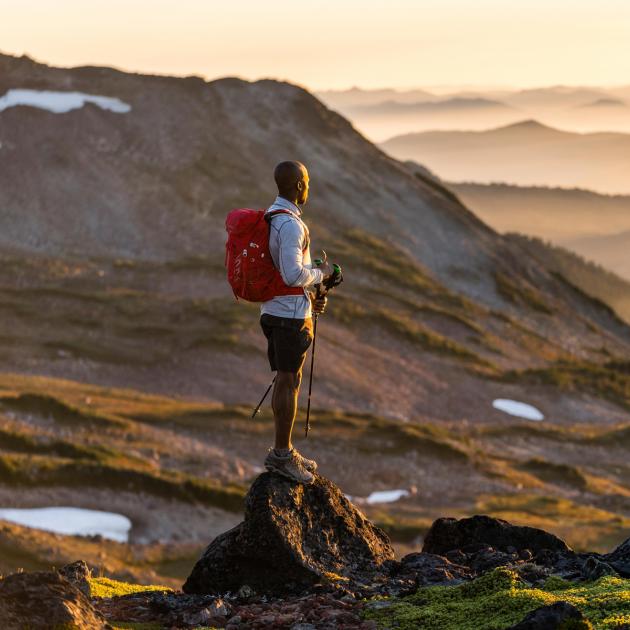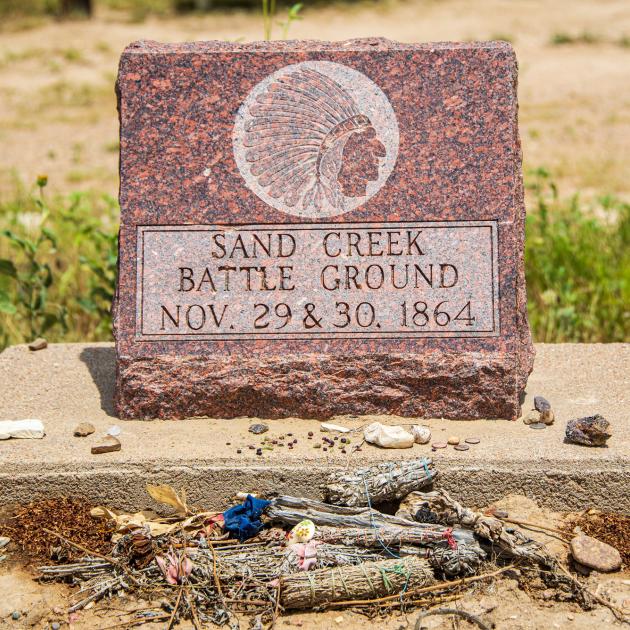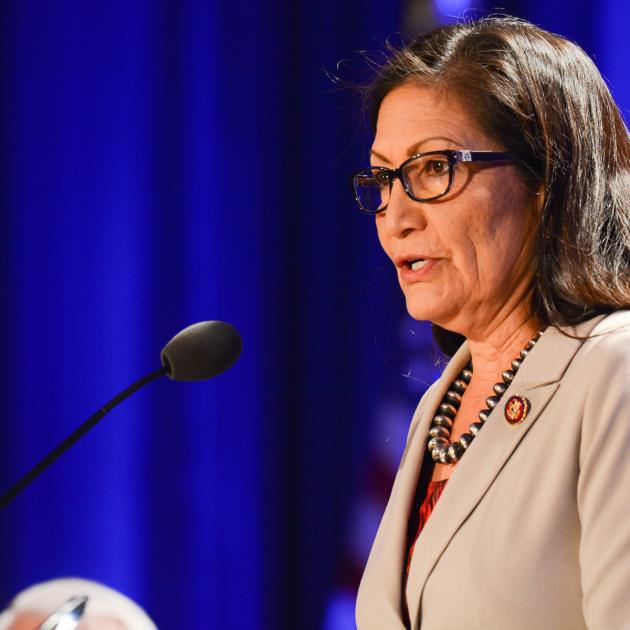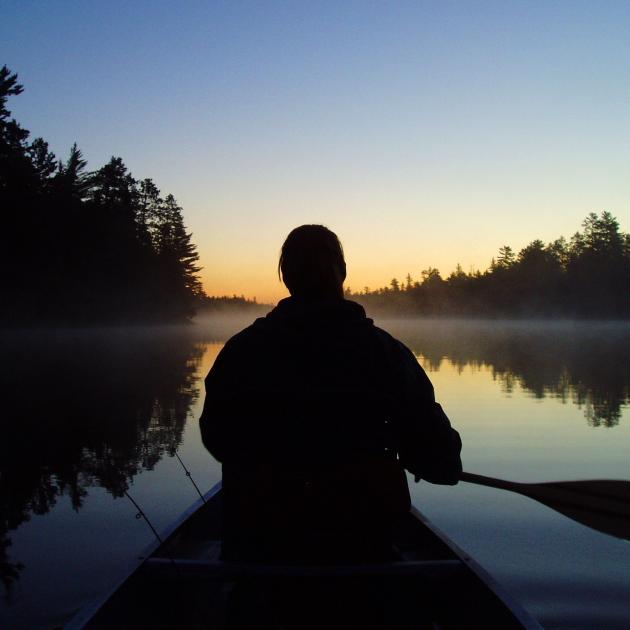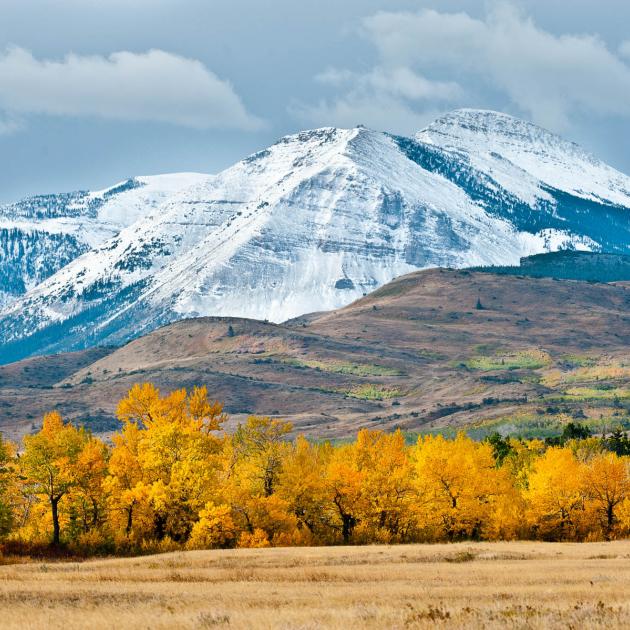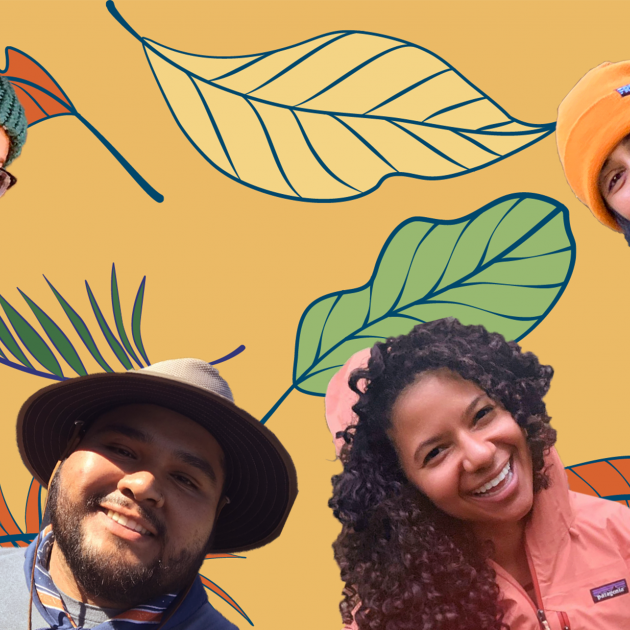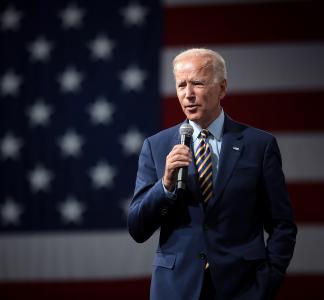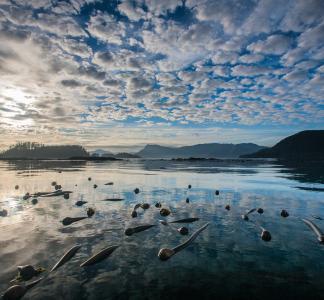Apocalypse...Not: 8 pieces of good environmental news from a very hard 2020
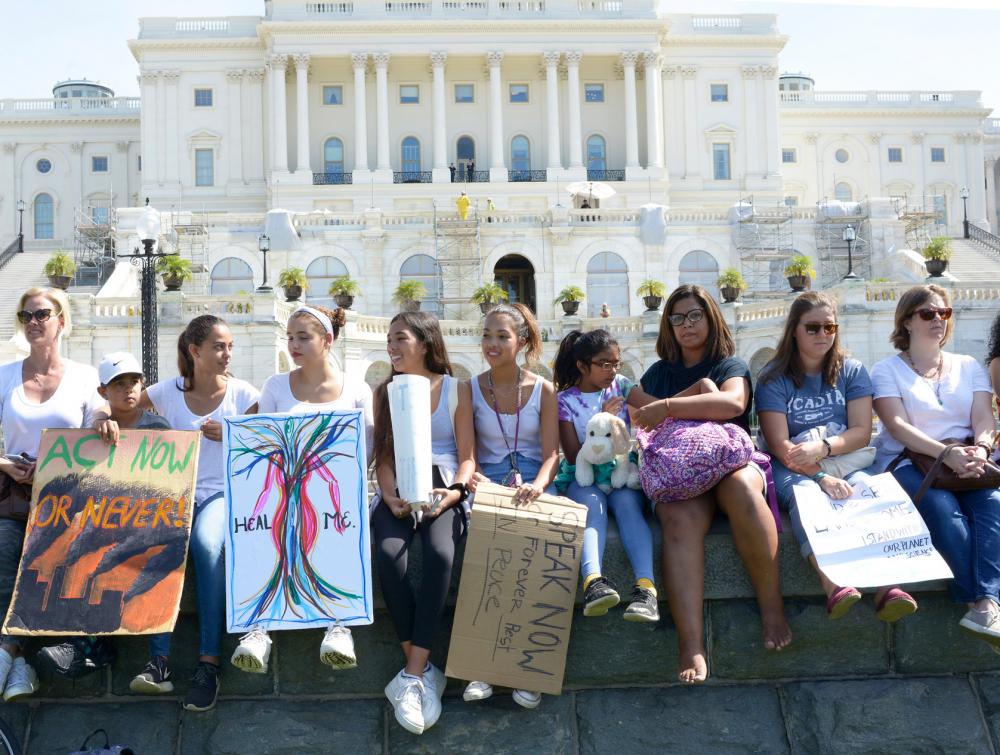
Young protesters in Washington DC on the first day of the Climate Strike on Sept. 20, 2019.
Stephen Melkisethian, Flickr
Progress toward equity, protecting public lands
“Dumpster fire.” Months that seemed to stretch on...and on...and on. Headlines that progressed steadily from bad to worse. By now, you’re probably pretty tired of looking back at all the challenges and outright tragedies served up by the year 2020. We’re here to deliver a few silver linings, in hopes that they’ll buoy your spirits, just as they have ours.
To be sure, President Trump has left us in a deep hole. He led an effort to drill, mine, dynamite, log and disfigure public lands; gutted environmental and public health safeguards; and stoked racism when the movement for social justice was again gaining a foothold in the public consciousness.
But we’re determined to overcome that and accomplish huge wins for the environment and our communities in the year(s) ahead. In 2021, we'll get the chance to put our collective imagination and passion into the massive project of building a more humane, equitable and sustainable future. That vision includes meeting the climate crisis head-on; conserving 30 percent of U.S. lands and waters; and ensuring all people can enjoy access to, benefit from and have a say in the future of public lands. Take a look at a few pieces of good news from 2020 and join us in looking ahead to the future:
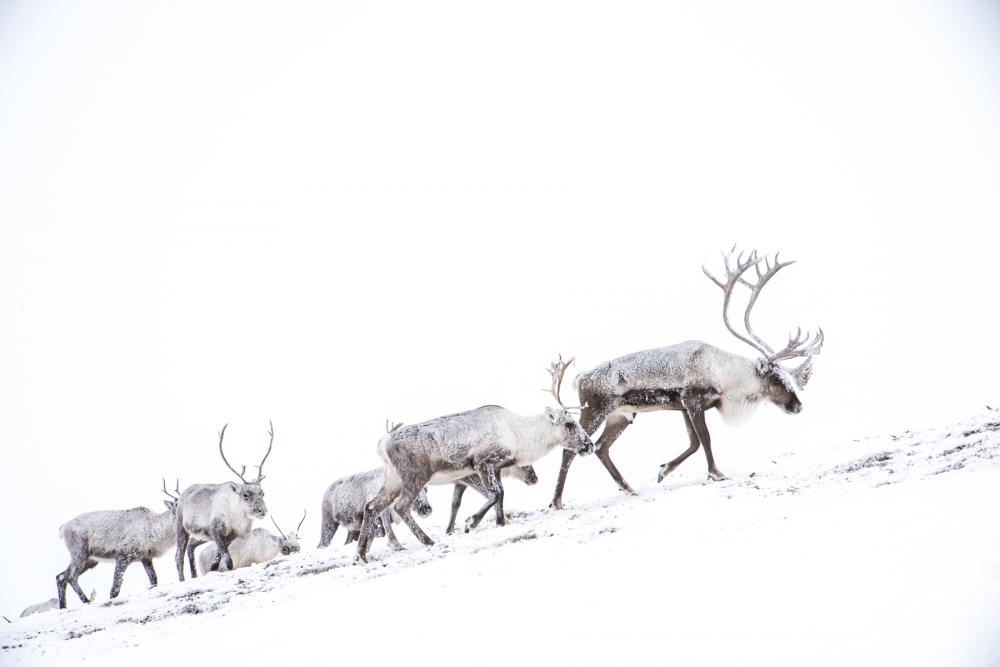
Caribou in the Arctic National Wildlife Refuge, Alaska
Peter Mather
1) Indigenous leaders build a broad movement against drilling in the Arctic National Wildlife Refuge
The Indigenous Gwich’in and Iñupiat peoples have relied on and protected the coastal plain of the Arctic Refuge since time immemorial. So it’s only fitting that in this year of increasingly dire threats from the Trump administration, Indigenous leaders have rallied a remarkably diverse and powerful movement to stand for the Arctic alongside them.
Just days ago, the Gwich’in Steering Committee and 12 allied groups filed a legal motion to stop Trump from issuing leases sold in the refuge at the end of his term in office. Over the last several months,Indigenous activists have led the chorus of faith leaders, investment firms, conservation organizations and countless others calling on banks, insurance companies and oil and gas companies not to drill in the Arctic Refuge. They’ve met with remarkable success: major banks have announced they will no longer finance oil drilling in the refuge; leading insurance firms confirmed they won’t provide coverage or investment support for oil and gas projects in the Arctic; and more than 300 businesses from across the country recently called for protection of the refuge.
Make no mistake: it’s crunch time right now. Trump’s Bureau of Land Management has announced it will auction off drilling rights in the refuge just before President-elect Joe Biden’s inauguration. It’s their last-gasp effort to convey leases to the oil industry while Trump still clings to power.
The threat truly has never been greater. But following the lead of Indigenous protectors, we’re standing up for the Arctic Refuge, with a committment not to stop until we’ve won. Act now to stand up for the Arctic Refuge.
2) At last, Land and Water Conservation Fund gets full funding
It’s not often you get to experience a victory decades in the making. This August, after many yearsof hard work by our members and supporters, champions in Congress passed permanent and full funding for the Land and Water Conservation Fund (LWCF) for the first time since the program’s creation in 1964. LWCF is considered a crucial tool for guaranteeing public access to public lands and helping ecosystems and communities mitigate and adapt to the effects of climate change.
While the signing of the Great American Outdoors Act fulfilled the 55-year-old promise of LWCF, it also served to highlight some very current issues. The ongoing COVID-19 pandemic has been a reminder of the importance of national, state and local parks, trails and public lands, both as public health resources and catalysts for local economies. Specifically, the pandemic has called attention to systemic inequities that have often left communities of color without quality access to parks and shared spaces. A fully funded LWCF can and should help create more outdoor spaces, and safe access to them, for communities deprived of the benefits of time in nature.
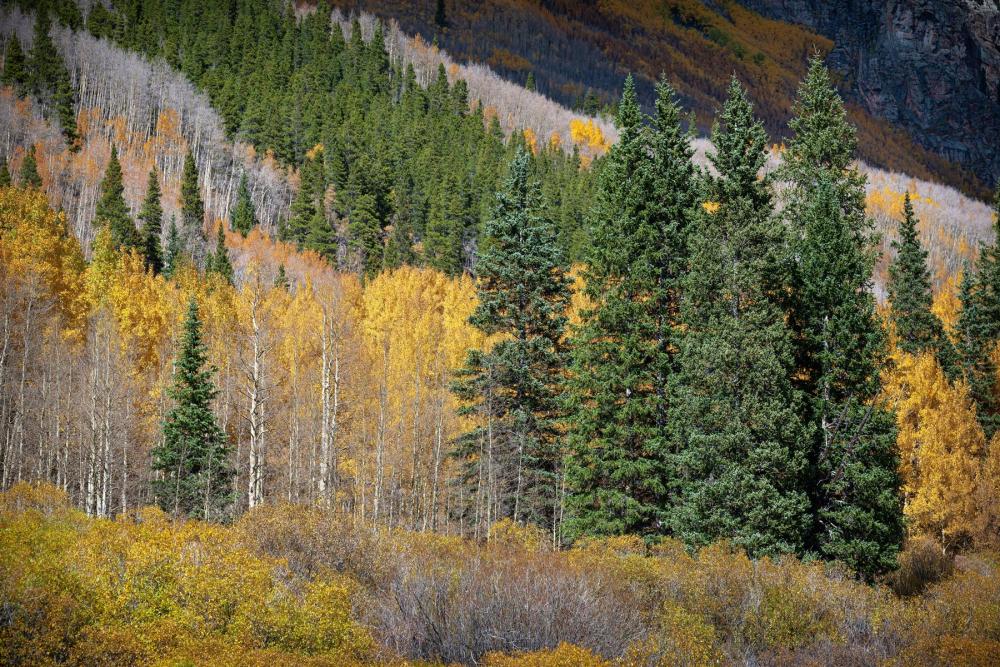
Mount Evans Wilderness, Colorado
Mason Cummings, TWS
3) Amid reckoning with systemic racism, efforts to address legacy of violence and dispossession on public lands
In 2020, the killings of George Floyd, Breonna Taylor, Ahmaud Arbery and (heartbreakingly) many others led to a national reckoning about violence and systemic racism wielded against Black people, Indigenous people and people of color. That process rightly includes the conservation movement, whose own history of exclusion includes a system of public landsbuilt on the dispossession and cruel mistreatment of the original and traditional inhabitants of this continent. White people and white-led institutions—including The Wilderness Society are just beginning the long and difficult process of owning up to those varied crimes, let alone atoning for them.
In its early stages, much of this conversation has centered on revisiting the hateful symbols and people we still venerate in the public square. To that end, in September, Rep. Deb Haaland introduced legislation that would set the stage for reviewing and potentially changing offensive names of parks, national forests, wilderness areas, monuments, mountains, rivers and other places. Recently, the Cheyenne and Arapaho Tribes and The Wilderness Society filed an official petition to rename Mt. Evans, in Colorado’s Front Range, as Mt. Blue Sky. The new name would honor the culture and traditions of both tribes while repudiating namesake John Evans for his role in the 1864 Sand Creek Massacre. Such actions will be a small but crucial step in ensuring parks and public lands reflect the full diversity of our nation and tell a more inclusive and honest story about our history.
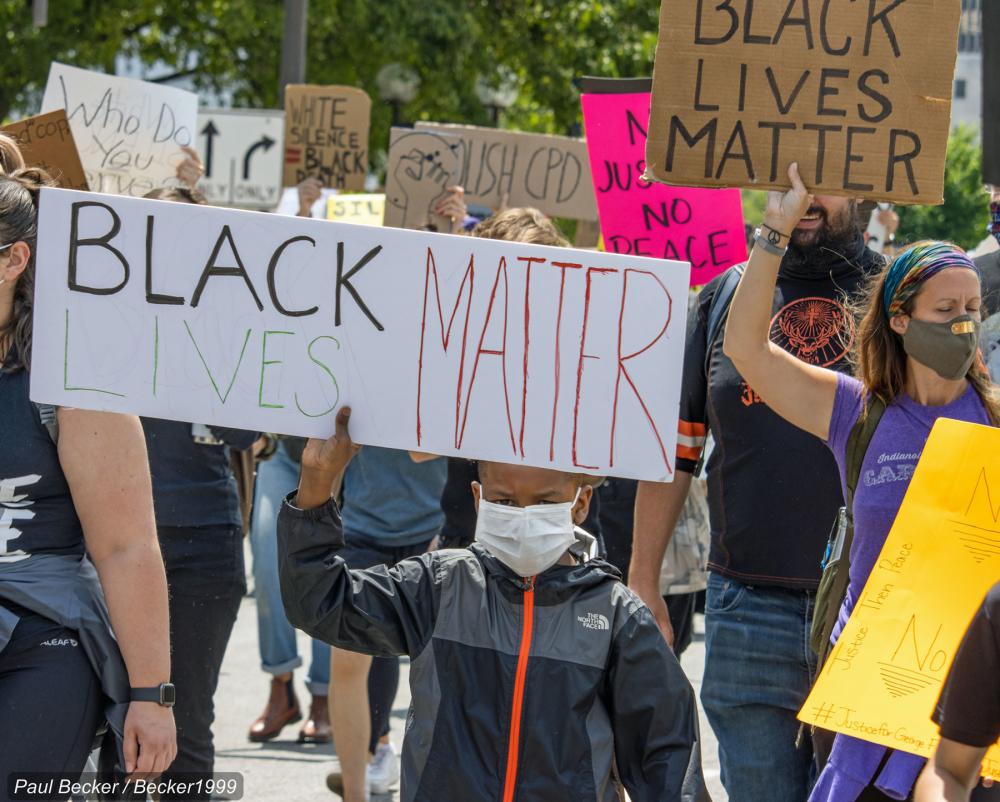
Black Lives Matter protest in Columbus, Ohio
Paul Becker / Becker1999, Flickr
4) Conservation community begins overdue discussion on representation, equity and social justice
Part of the broader reckoning with systemic racism has been a recognition that representation is sorely lacking in the environmental world. Ensuring that Black people, Indigenous people and people of color are at the table and have their voices respected when it comes to environmental decisions will lead to stronger leadership and more inclusive policies that benefit the communities most affected (people of color are and have been disproportionately impacted by climate change and environmental degradation due to factors like discriminatory housing policies and regulatory practices).
The most discussed evidence of progress in this area in 2020 has been President-elect Joe Biden’s appointment of a diverse group of leaders as White House and Cabinet officials . Interior Secretary nominee Rep. Deb Haaland, a member of Pueblo of Laguna, is thought to be the first Native American ever selected for a Cabinet post; Michael S. Regan would be the first Black person ever to helm the Environmental Protection Agency; and Brenda Mallory would be the first Black chair of the White House Council on Environmental Quality. These choices are a great start, and we’ll work to ensure they spur a move toward meaningful policy changes.
5) Momentum builds to block mining next to Boundary Waters
The Trump administration has spent the last four years trying to force sulfide-ore copper mining next to Minnesota’s Boundary Waters-Canoe Area Wilderness, the latest chapter in a decades-long saga that has seen the popular and abundantly wild landscape in the Superior National Forest continually threatened.
But in 2020, we mounted a furious campaign to defend this irreplaceable wildland. The Wilderness Society joined other groups in filing multiple challenges against the Trump administration’s renewal of mineral leases at the edge of the Boundary Waters; its renewal of prospecting permits to allow expansion of the proposed mine; and its decision to ignore potential harm to endangered species and habitat in the area. In December, we got some good news that the Bureau of Land Management plans to revisit the potential environmental impact of mining on endangered species in the Boundary Waters. In 2021, we’ll continue fighting to defend the Boundary Waters from mining threats.
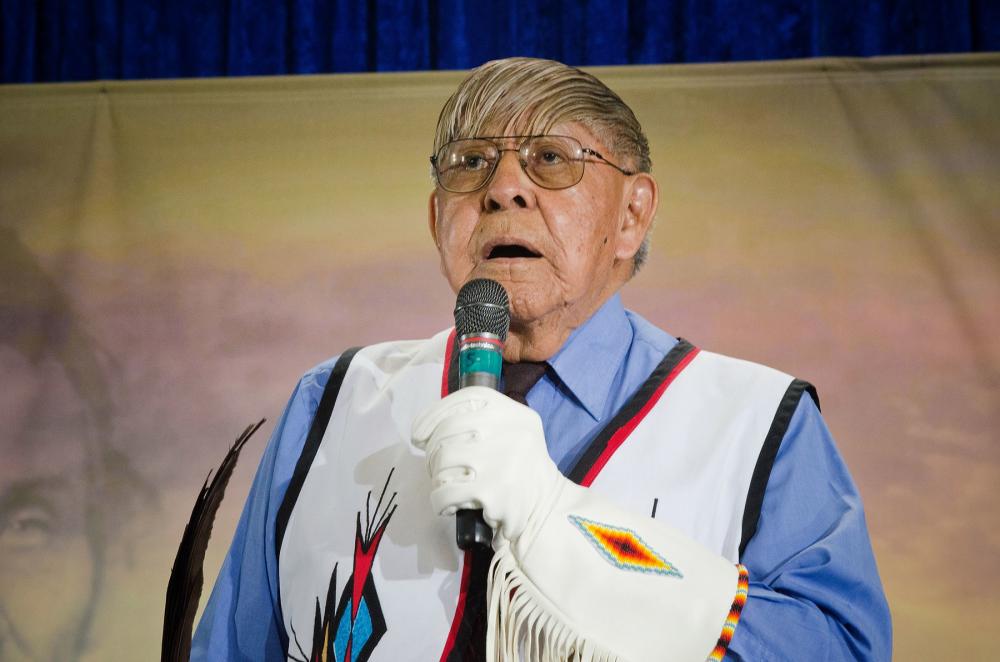
Blackfeet Nation Chief Earl Old Person, pictured in 2012 at an event at the U.S. Department of Agriculture
Bob Nichols, USDA, Flickr
6) Justice for the Blackfeet Nation as court ruling protects Montana’s Badger-Two Medicine area from drilling
In June, the U.S. Court of Appeals for the District of Columbia ruled in favor of canceling a controversial lease that would allow drilling in Montana’s Badger-Two Medicine area. For decades, the area has been targeted by oil and gas interests in violation of bedrock environmental laws and without consideration for the Blackfeet Nation. The Badger-Two Medicine is key to the Blackfeet creation tradition; a place used for prayer and other religious practice; and a designated Traditional Cultural District under the National Historic Preservation Act.
The government originally issued oil and gas leases here in the 1980s, skipping both mandatory consultation with the Blackfeet Nation and studies of how drilling would affect the environment. Ever since, Blackfeet leaders and conservationists have been battling against energy interests in the courts and the halls of Congress to keep them from destroying this wild, sacred landscape. The 2020 decision marked a hard-fought victory after more than 150 years of encroachment on Blackfeet Nation territory; in the words of Terry Tatsey, former councilman on the Blackfeet Tribal Business Council, it is a ruling that will “help us protect and save a place that is just a small fraction of our historical homeland.”
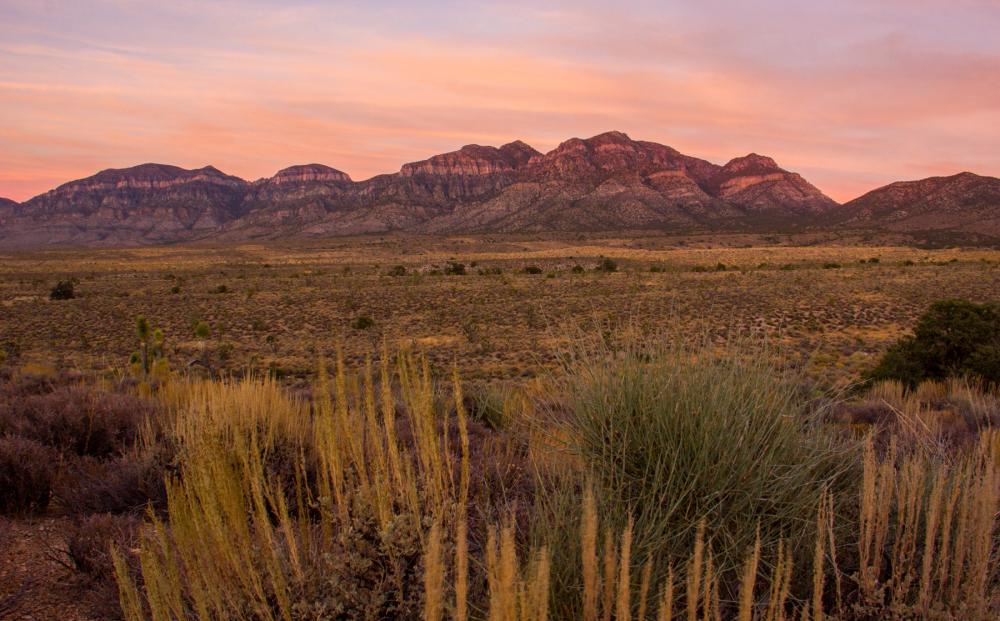
Desert National Wildlife Refuge, Nevada
Jose Witt
7) Desert National Wildlife Refuge spared from Air Force bombing range expansion
On Dec. 11, Congress rejected a plan by the U.S. Air Force to expand a sprawling bombing range farther into the Desert National Wildlife Refuge, a move that would have exposed hundreds of thousands of acres of culturally and ecologically significant land to damage while reducing access for the Indigenous Southern Paiute people, or Nuwu.
Nuwu leaders and conservation groups have been fighting the Air Force plans for years, pointing out that even the existing range’s overlap with the refuge has had a damaging effect on the land and its natural and cultural resources. Expanded Air Force control would have exposed more areas to damage and reduced access for traditional practices like hunting and gathering herbs and medicinal plants. Ultimately, after years of work, Nuwu leaders won a resounding victory for the place they call Tuhut and the life it has nurtured for untold generations.
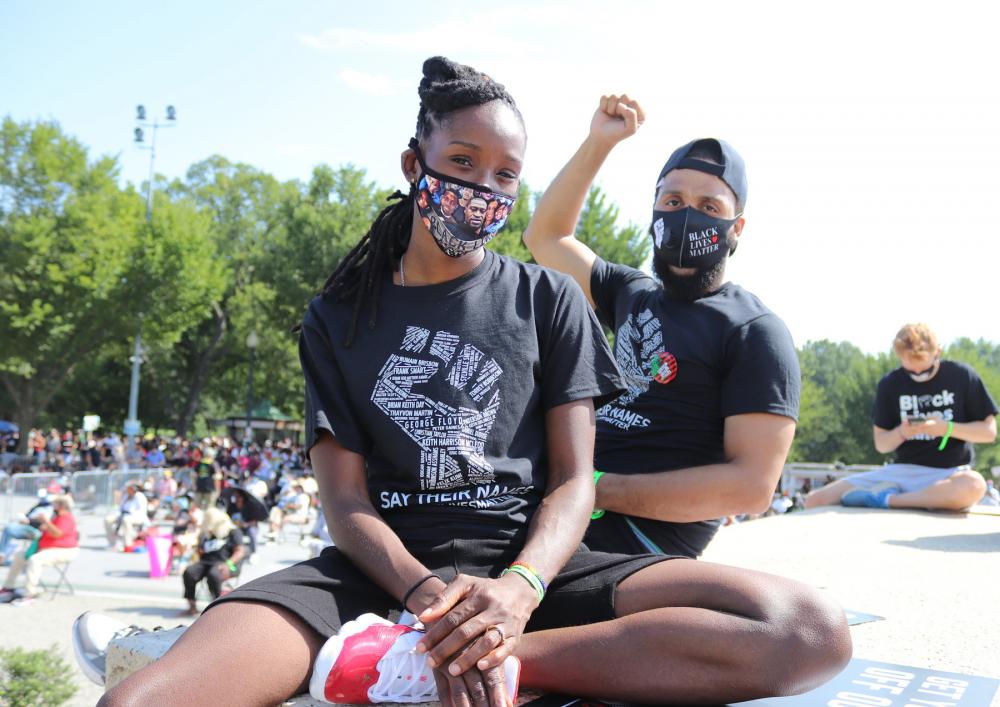
Protesters mark the 57th anniversary of 1963 March on Washington DC
Elvert Barnes, Flickr
8) Climate and conservation leaders help Joe Biden to White House win
The election of Joe Biden as the 46th president was significant for lots of reasons, but among them is that he won with a climate change platform that is the most ambitious and aggressive ever for a mainstream presidential candidate. That happened in large part due to the efforts of an ascendant young climate movement and the involvement of young voters, in particular young people of color. Black, Brown and Indigenous activists have emerged as the driving force behind the movement for climate action, and those leaders both challenged the Biden campaign to adopt a stronger position on the climate crisis and ultimately helped lift it to victory.
A window of opportunity is opening for conservation. After four years of devastating attacks on environmental laws and protected wildlands, it’s time to get to work repairing our institutions and tackling the greatest challenges of our time. We’ll do this by following the lead of communities of color and bold young thinkers, re-orienting our work to focus on real, everyday health and social benefits of conserving clean air, water and public lands and ensuring they are accessible to all.
